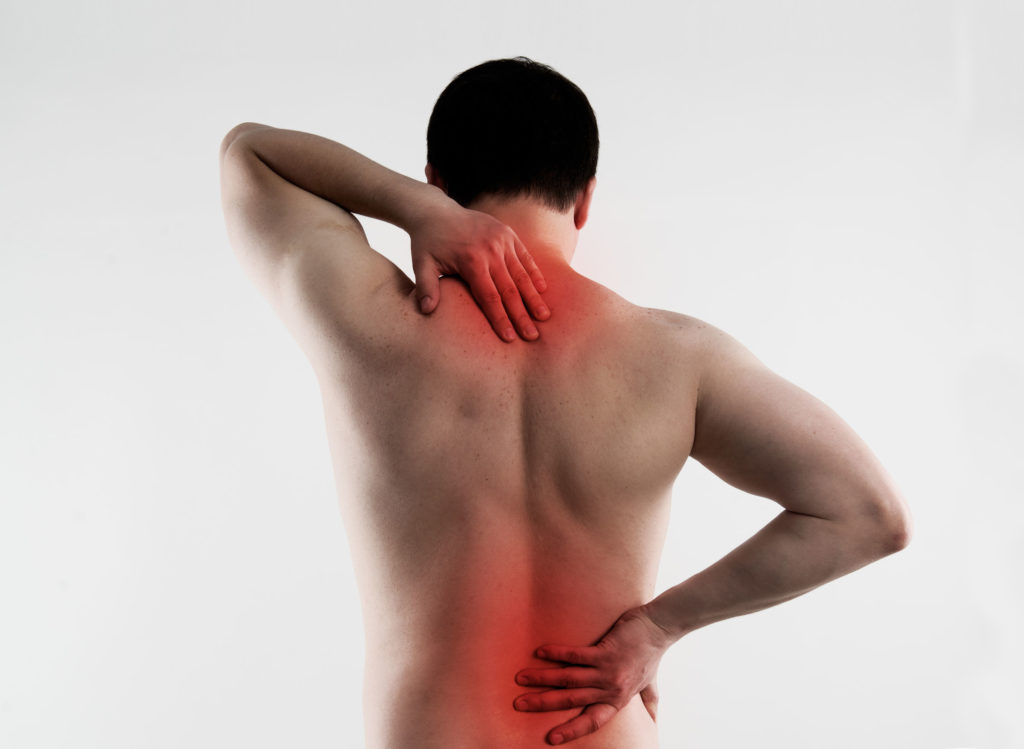 Medical researchers are always looking for more information about how they can help patients recover following a surgical procedure. The prevailing wisdom is that opioids and painkillers are needed to help patients manage discomfort following arthroscopic surgery, but new research found that these strong medications may not be necessary.
Medical researchers are always looking for more information about how they can help patients recover following a surgical procedure. The prevailing wisdom is that opioids and painkillers are needed to help patients manage discomfort following arthroscopic surgery, but new research found that these strong medications may not be necessary.
For the most recent study, researchers wanted to get a better understanding of how necessary opioid pain relievers were after arthroscopic knee or shoulder surgery compared to non-opioid pain relievers. To do this, they looked at 193 patients who underwent outpatient surgery on their shoulders or knees at three different participating hospitals. Roughly half of the patients received opioids for postoperative pain, while the other half received naproxen and acetaminophen for pain, as well as pantoprazole, a medication normally used to treat heartburn and acid reflux. Both groups had access to emergency opioids if needed to aid in pain relief.
Post-Op Pain Control
After six weeks, patients in the opioid group had used an average of 72.6 mg of opioids, compared to 8.4 mg in the opioid-sparing group. Two patients in the opioid-sparing group asked for opioid medication after their discharge. Researchers noted that there was no significant differences in patient satisfaction, pain levels or adverse events when comparing the two groups.
“This study clearly shows that many of these surgical patients can be treated safely without opioid medications in a select population,” said lead author Olufemi Ayeni, MD, a professor of surgery at McMaster and an orthopedic surgeon at Hamilton Health Sciences. “Furthermore, by reducing the number of opioids prescribed, we can collectively reduce the development of a reservoir of unused medications that can cause harm to many in society.”
More than one million arthroscopic surgeries are performed in the United States every year, and if it turns out that many of these patients can manage post-op discomfort without the need for potentially addictive and dangerous opioids, that’s a huge win. In fact, doctors have already started to make this shift. Data shows that since 2017, the number of opioid pills prescribed to patients undergoing minimally invasive surgeries has fallen by 50 percent, although that may be driven by a number of factors.
As we’ve always said on the blog, opioids can absolutely play a crucial role in a pain management program, but we have to be careful about becoming over-reliant on them. Opioids are never intended to be a long-term option, but they can certainly make it easier to participate in a rehab program after injury or surgery. Make sure that you take full advantage of the benefits of opioids when you need them most, and odds are you’ll find that you need them less and less.
For more information about appropriately managing pain after an injury or surgery, or for help overcoming a chronic condition, reach out to Dr. Cohn and his team today at (952) 738-4580.
 Tiger Woods coming back to win a major tournament in golf after multiple spinal surgeries appears to be a sports miracle. Most physicians
Tiger Woods coming back to win a major tournament in golf after multiple spinal surgeries appears to be a sports miracle. Most physicians  New research published in JAMA Internal Medicine found that patients with noncancer chronic pain can benefit from psychological interventions, which can help to reduce perceived pain levels.
New research published in JAMA Internal Medicine found that patients with noncancer chronic pain can benefit from psychological interventions, which can help to reduce perceived pain levels.
 In the vast majority of cases, a surgical procedure helps to eliminate or reduce pain in the targeted area. However, in rare cases, complications or unforeseen circumstances can result in the onset of what’s known as
In the vast majority of cases, a surgical procedure helps to eliminate or reduce pain in the targeted area. However, in rare cases, complications or unforeseen circumstances can result in the onset of what’s known as